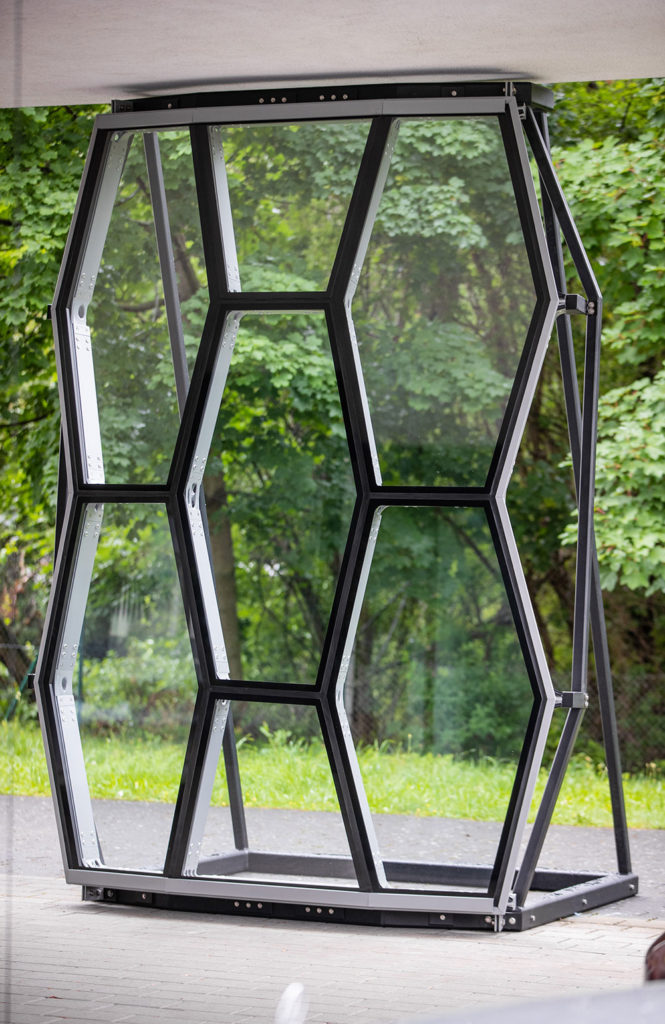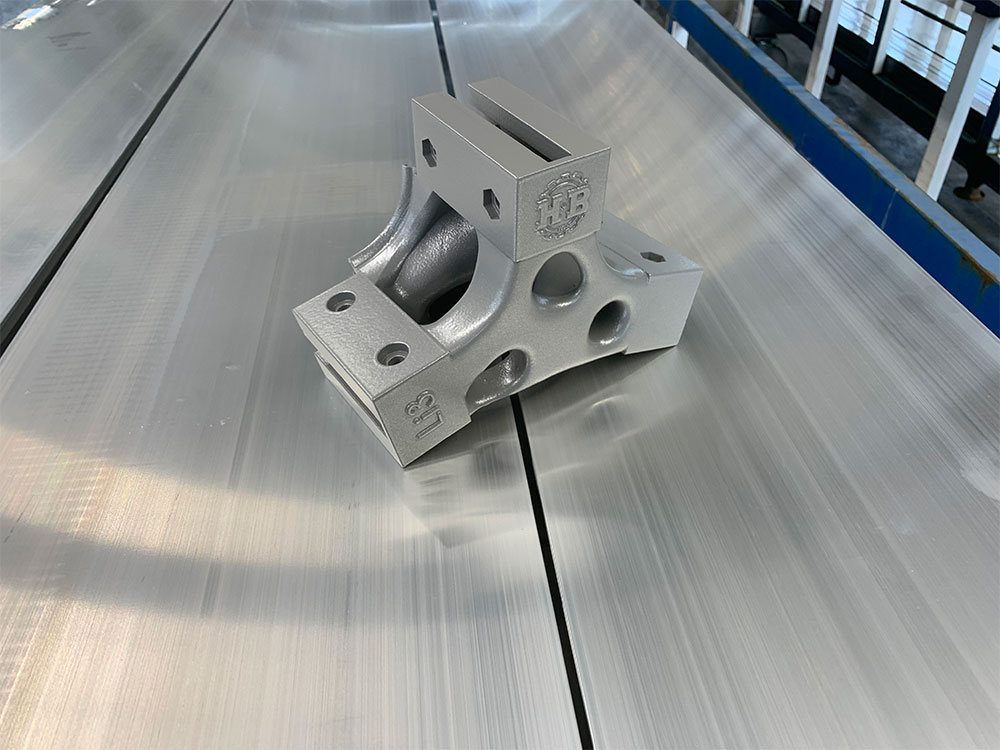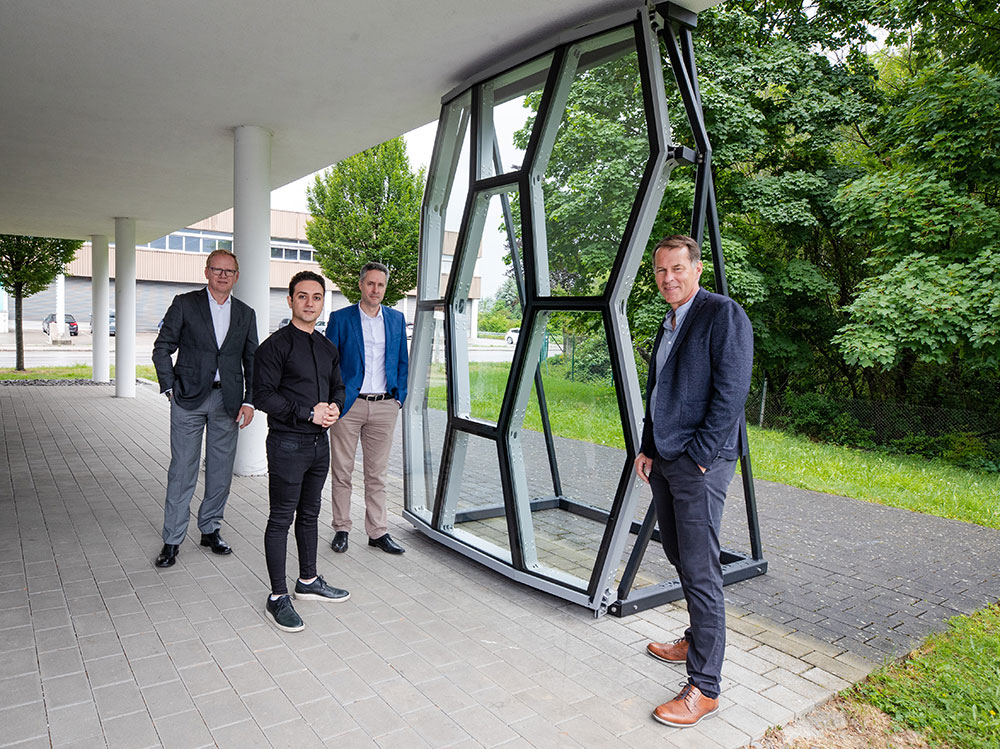With 3D printing we have the ability to redesign existing parts. We can do this to get them to work in a 3D printed form, or to optimize for cost. We can change parts so that they are lighter or have less volume, which may bring significant benefits. We can perform part consolidation or design a functional surface that outperforms a smooth, boring one. But, if we look much more at assemblies than at parts alone, we can do much more remarkable things. And, if we take a longer view still, we can look holistically at entire products and value propositions and may be able to design for disruption.
One possible disruptive design methodology may be to design for maintenance. As far as I know, this is already being done, albeit very sparingly. The examples I know are mostly very specific and very proprietary. Usually what happens is that a problem occurs, which leads to a solution where design-for-maintenance is taken into account and optimized. In some industries, such as oil and gas, access for maintenance staff is considered, such as on complex installations and platforms.
In many cases, people do consider the maintenance costs when purchasing new installations or machine tools, but often it may actually not be considered as much as it should be. In many cases, it is not considered at all and could lead to significant cost savings. Often, however, the seller doesn’t care about the maintenance burden of his ultimate customer, especially if the value chain of other players is in between them. Sometimes, a purchasing budget is just that and maintenance costs don’t figure into it and are not thought of.

A façade by Lithium Designers a German firm that wishes to commercialize 3D printed façades.
When we do see design for maintenance occurring, it is usually an initiative focused on general usability, human factors, human-centered design, user-centered design, or maybe a re-design related to the ergonomics for a specific part or process. It may be that a specific complaint led to a rethink, which may entail some design for maintenance as a byproduct. It could also be that a premium player in one segment enables fewer maintenance intervals because of higher quality parts and then offsets this costs against their higher product price. Often, however, this is just not considered enough or at all.

Installation costs are also not taken into account when products are made. Often, the installer is a wholly separate company than the one making the physical product. So, any difficulties with installation will be felt by a different party and not considered by the reseller, importer, or manufacturer.
Think of a house that is being built whereby the client, Sue, would like a lower maintenance cost. But her wishes are many and aesthetics and her use of the space drive her architect to make plans that will necessitate a window that is bought by a contractor from a hardware store and may, in fact, be installed by another contractor. Purchase price is definitely a consideration, as are the requirements dictated by the architect and main contractor, but who will consider both maintenance costs and installation? If Mary has to install it and it will take her more hours to do so with window A, then window B will be an option for her. But, what of the maintenance costs over the long term? This is not something Mary cares about, nor really many of the other contractors. This is only important to Sue, whose money is being spent through a web of agency dilemmas. Meanwhile, if windows are sold to window installers, we would expect them to become easier and quicker to install in the long-run. If they are, in effect, sold to architects because individual unique facades have to make their dreams come true, then we would not expect any maintenance and installation efficiencies.

In the case of custom-building façades, 3D printing is used in a sparing way to make some facade pieces or moulds for pieces work. Companies such as Lithium Designers, from whom the pictures in this article originate, wish to change this wholesale. There has been a lot of interest in building façades using 3D printing, but little technology has been made commercially available.
Could we save costs over conventional facades through 3D printing? Probably not, but if we could design facades that saved hundreds of labor hours installing them, then we may be able to make a business case. If we looked at how quickly an expensive worker perched on an expensive cradle platform could install panels, we could optimize where the bolts and nuts were located, for example. Or we could have fewer bolts or optimize the design to locate the bolts close to where the cradle elevator would be. Or we could cut the façade up in CAD in such a way that it would fit on fewer trucks. Or we could cut the façade up in such a way as more bolts could be done on the ground and fewer in the air, saving time. Or we could divide up the shipment so that it would include the exact façade portion that could be installed in one shift.
With man hours for construction workers around $20 for them but costing consumers or developers around $60 an hour, including insurance and the like, this can really add up quickly. So, in the façade example, 3D printing could be far too expensive, but being flexible enough to reduce installation costs, we can be competitive and even disruptive in the space.
It may seem like a small tweak, or hack even, but imagine that a cold, money-minded developer is looking at a 3D printed façade for coolness sake. They won’t be swayed for long if the costs are astronomical. We will have higher machine hours and material costs on our side, but what if design-for-installation took the fanciful and made it doable? This would arm us with the tools to really disrupt many industries.
Subscribe to Our Email Newsletter
Stay up-to-date on all the latest news from the 3D printing industry and receive information and offers from third party vendors.
You May Also Like
3D Printing Webinar and Event Roundup: April 21, 2024
It’s another busy week of webinars and events, starting with Hannover Messe in Germany and continuing with Metalcasting Congress, Chinaplas, TechBlick’s Innovation Festival, and more. Stratasys continues its advanced training...
3D Printing Webinar and Event Roundup: April 14, 2024
We’re starting off the week’s 3D printing webinars and events at ASTM AMCOE’s 11th Snapshot Workshop and MACH Exhibition. Stratasys continues its advanced training courses, SME is holding a virtual...
Polly the Duck to Receive 3D Printed Bill Prosthetic
In Williamson County, Texas, a story of resilience, innovation, and cross-community effort is unfolding, illustrating the bond between humans and wildlife. All Things Wild, a wildlife rehabilitation center, has been...
3D Printing News Briefs, April 3, 2024: Kickstarter FDM 3D Printer, Artificial Eyes, & More
In 3D Printing News Briefs today, we’re talking about an FDM 3D printer on Kickstarter, advancements in artificial eye creation, and 3D printed solenoids for electromagnets. Then we’ll move on...
































